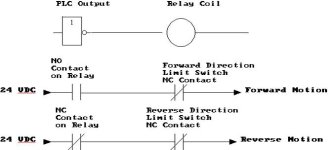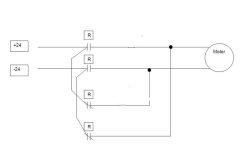Your PDF says it is a 12V Dc Actuator - You could use 2 12V dc Supplies with a floating (0 Vdc)(-12 - 0 - +12)
then 1 relay per output 1 for fwd 1 for REV.
Not mush different to what has been suggested but easier to wire
then 1 relay per output 1 for fwd 1 for REV.
Not mush different to what has been suggested but easier to wire








